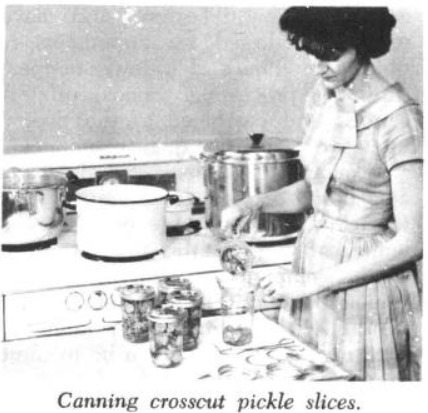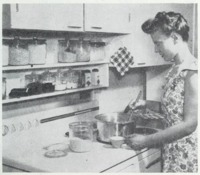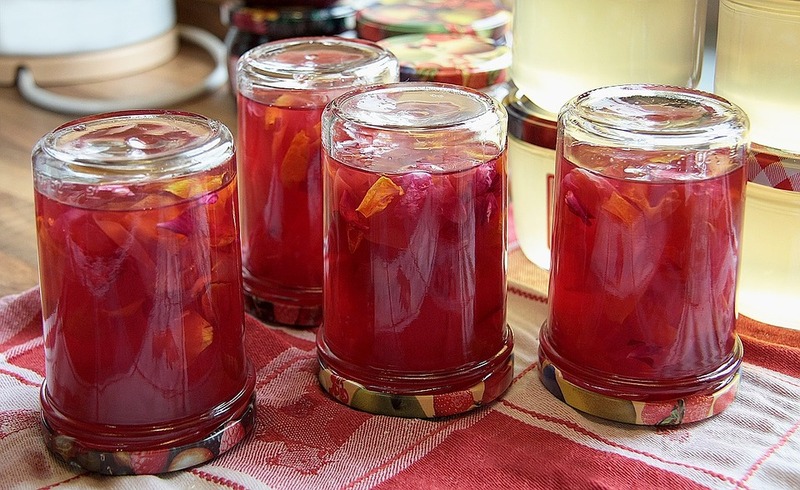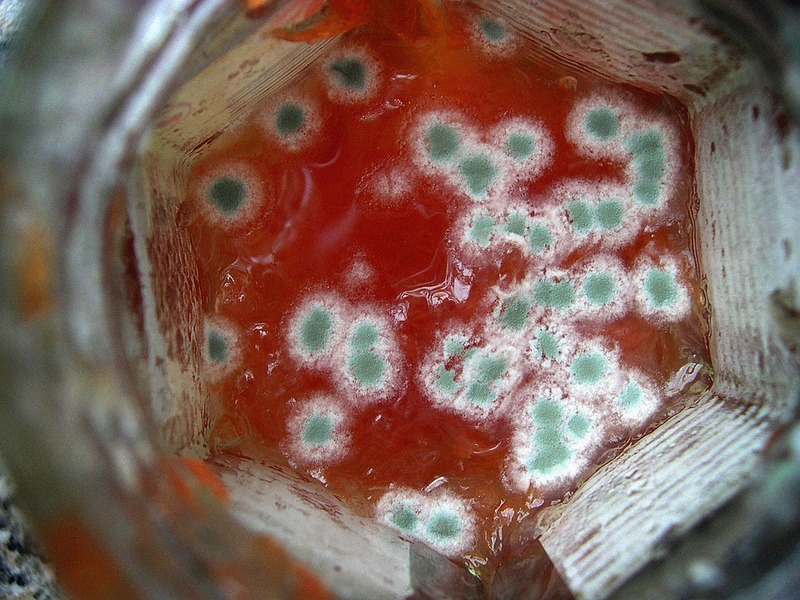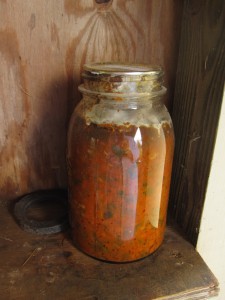Open-Kettle Canning
Open-kettle canning has been considered an unsafe home canning practice since the 1980’s due to the high risk of contamination during processing (Pippidis, n.d.).
Prior to this, open-kettle canning was a popular method of home canning. It was viewed as more convenient and efficient than other canning methods because jars were not further processed after the lids were affixed.
After lids were affixed, jars were inverted and left to cool (Benson, 1913). Seals in this method were created by a vacuum as the jars cool.
By 1936, the shortcomings of open-kettle canning were being identified.
The oldest canning method is the open-kettle method—heating food in an open kettle and pouring the boiling food into sterilized jars and then sealing the jars. Heating food in a kettle this way is quicker and more even than heating food in a jar. But the disadvantages to open-kettle canning seem to outweigh the one advantage. The chief difficulty is that food can so easily be contaminated while pouring it into the jars or sealing them.
--Breazeale, J. F. & Benson, O. H. (1936). Home canning methods. United States Department of Agriculture, Office of Information. Retrieved from https://archive.org/details/homecanningmetho1936unit
 An official website of the United States government.
An official website of the United States government.


